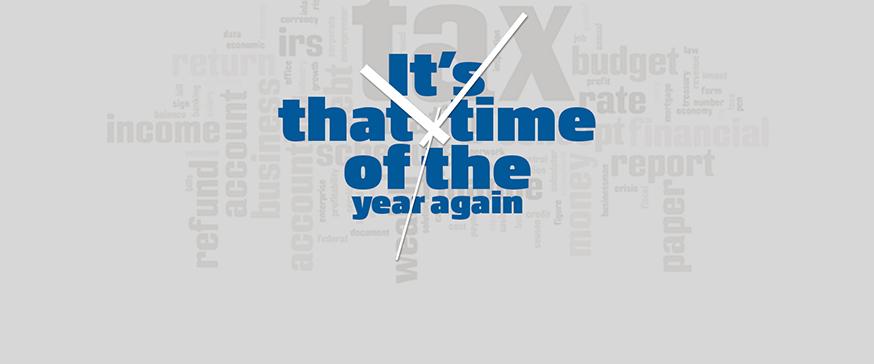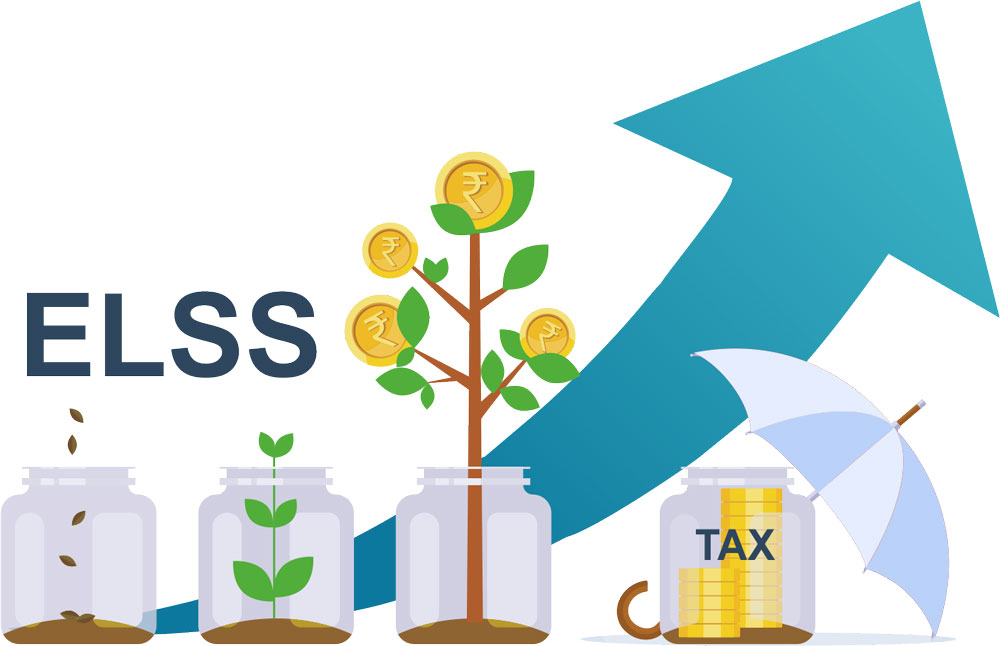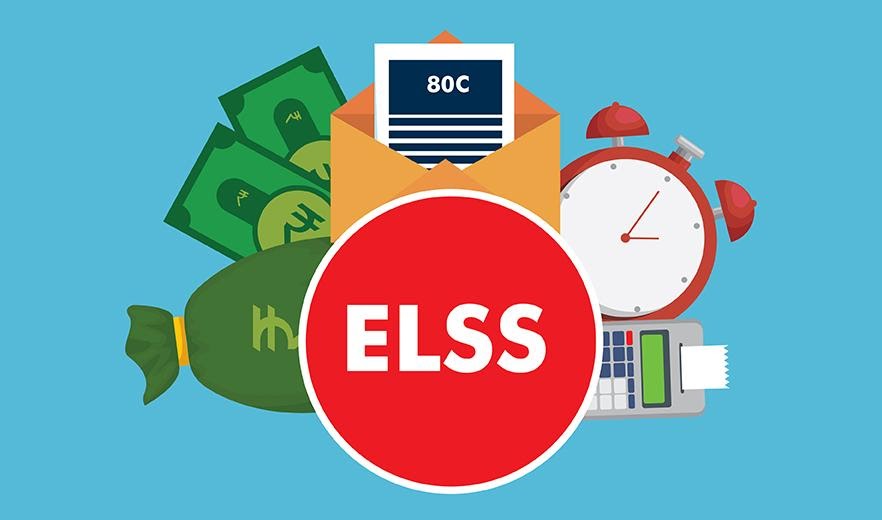Considering an ELSS? Here are 5 Things to Keep in Mind

If you’re about to partake in the all too common financial-yearend scramble to save taxes, you may be flummoxed by the multitude of options at hand. Your insurance agent may be pushing life insurance as the best option, while your friend extols the benefits of a plain vanilla PPF account or even a tax saving FD with a bank. And yet, there’s an 80(C) instrument that not just has a relatively short lock in period of just 3 years – but has delivered a 5-year category average return exceeding 15% per annum and a 10-year annualised return of more than 17% per annum. These are tax saving mutual funds or ELSS (Equity Linked Savings Schemes. These numbers may seem tempting, but make sure you’ve understood a few things about ELSS funds before you say “Tax Saving Mutual Funds Sahi Hai” and jump in with both feet!
They are High Risk in Nature
Being equity oriented in nature, ELSS funds tend to be quite volatile. In a sense, that’s the price to pay for a significantly higher long-term return compared to low risk products. However, if you’re not willing to withstand ups and downs in your fund value, give ELSS funds a pass.
Their Returns Are Non-Linear
Many investors who are used to the linear returns associated with traditional products tend to get quite disconcerted by ELSS funds. Understand that ELSS funds may go through phases of flat or even negative returns, but things tend to average out over the long term as cycles reverse. It’s vital to set your expectations right while investing.
They Have no Premature Exit Option
Tax saving mutual funds have a hard lock-in period of 3 years, and there are no options for partial or complete withdrawal. If you’ve invested in more than once tranche over the course of a year, each tranche will be treated as a separate purchase and will have to complete three years before you can access them.
The Dividend Option isn’t a Very Smart Idea…
You may be tempted to go for the dividend pay-out option in an ELSS, but know that this isn’t a good idea. First, you’ll take a hit of 15% in terms of dividend distribution tax. Second, dividends from ELSS funds are non-predictable in both timing and quantum, so you can’t really base any plans around them.
SIP’s are a Better Idea Than Lump Sums
For the next fiscal year, start a SIP in an ELSS fund instead of investing your money as a lump sum at the end of the fiscal year. Your unit costs will get averaged out neatly, and it’ll be a lot easier on your pocket too!
Your Investing Experts
Relevant Articles
Benefits of ELSS Investment for the Salaried Class
If you're a salaried professional looking to save tax while growing wealth, Equity Linked Savings Schemes (ELSS) might be your ideal match. ELSS funds offer tax benefits under Section 80C and come with a shorter lock-in period than most other tax-saving instruments. But their real strength lies in long-term wealth creation, especially when invested in through SIPs. Here’s how ELSS can play a strategic role in your investment plan.
Factors To Consider Before Investing in ELSS
Investing in equity linked savings schemes (ELSS) is a popular way to save money and grow wealth. ELSS Mutual Funds provide tax saving benefits, along with the potential to earn higher returns than some other investment options. However, before investing in ELSS fund, there are several factors that should be considered.
Here's Why ELSS Investment is Better Than PPF & NSC
Read this blog to learn why ELSS is better investment option than PPF & NSC. Besides tax savings, it offers capital appreciation. To know more ELSS mutual funds, visit FinEdge now!
.png)
.jpg)

